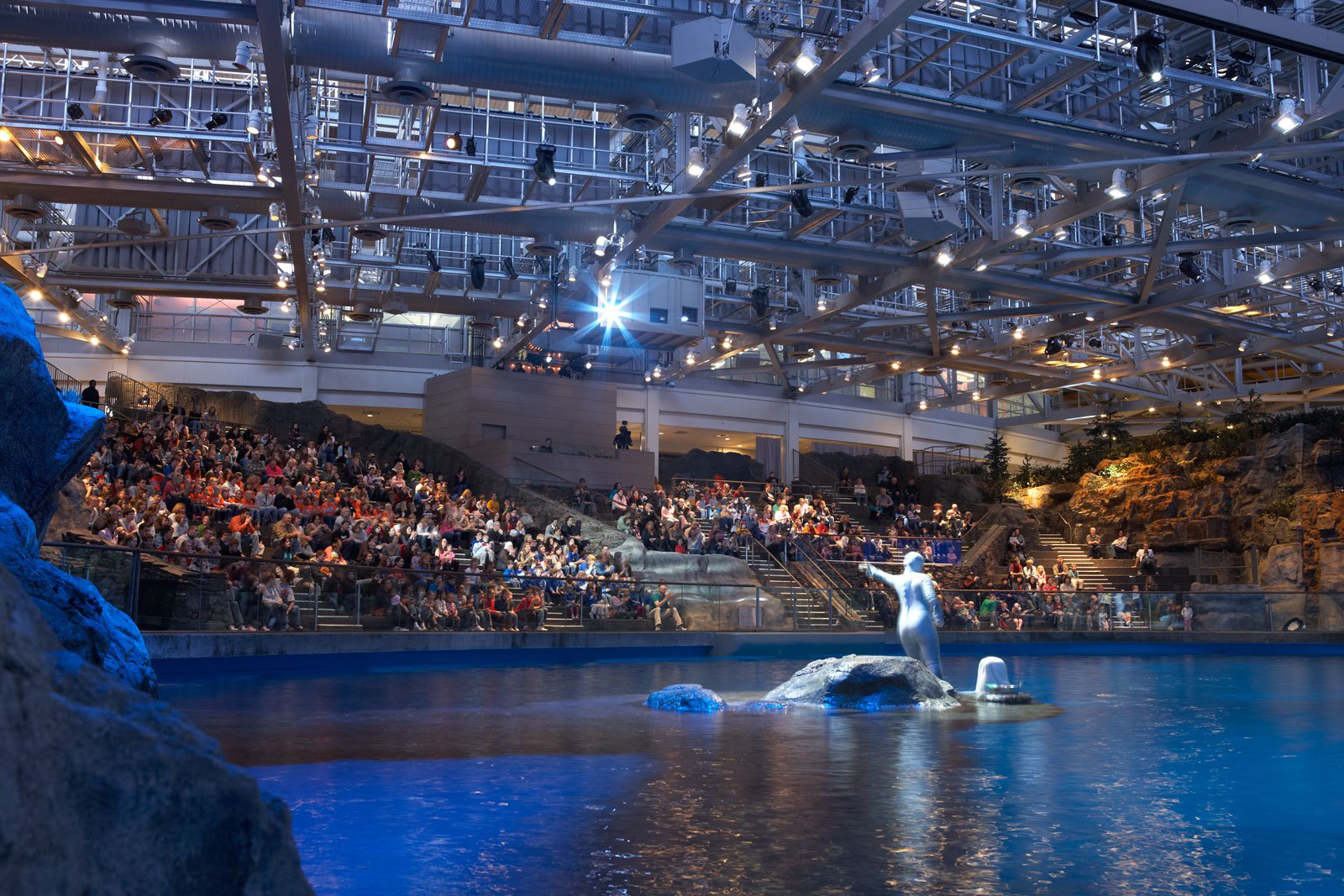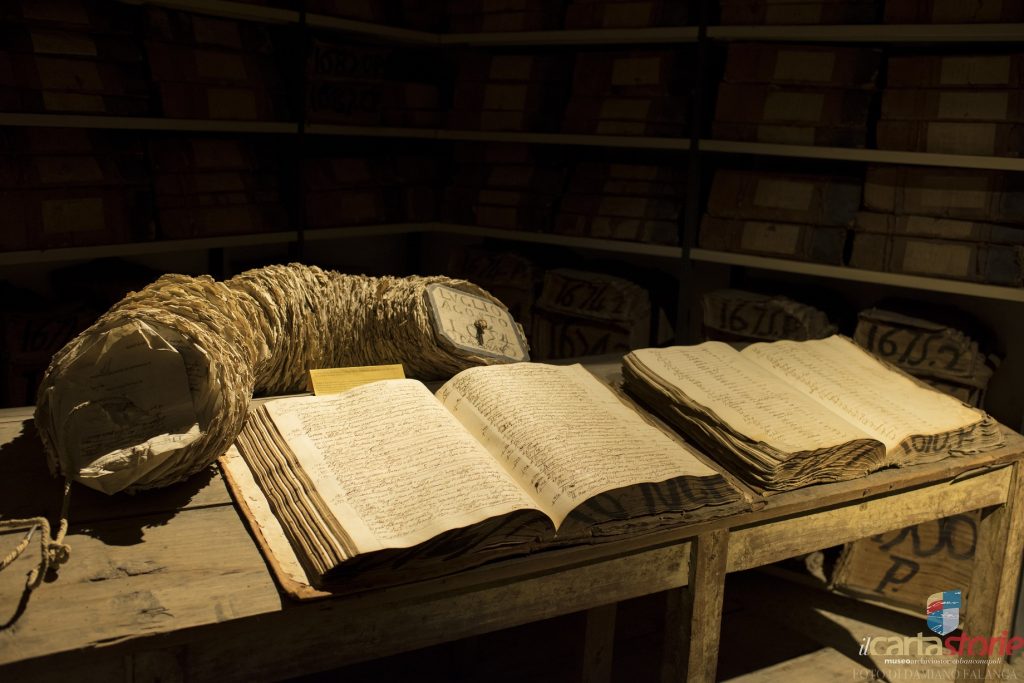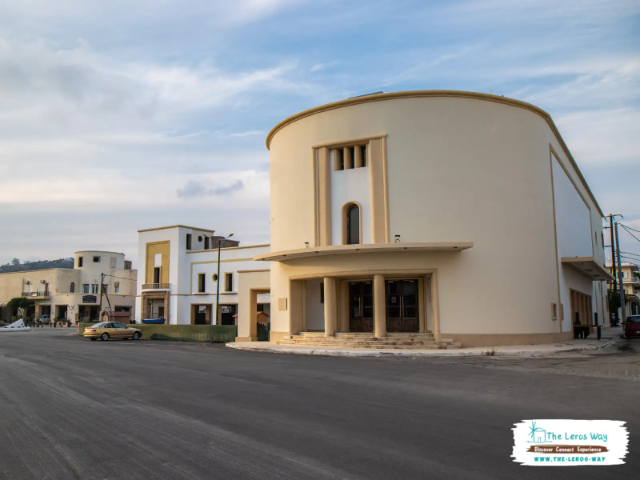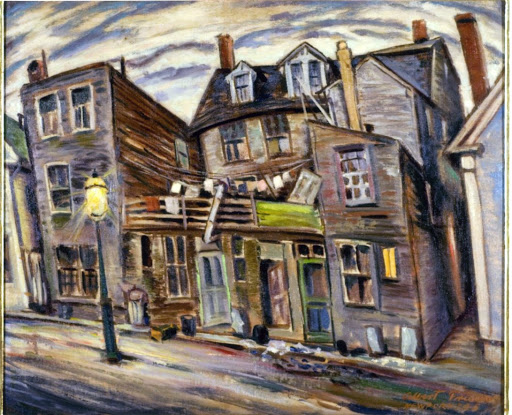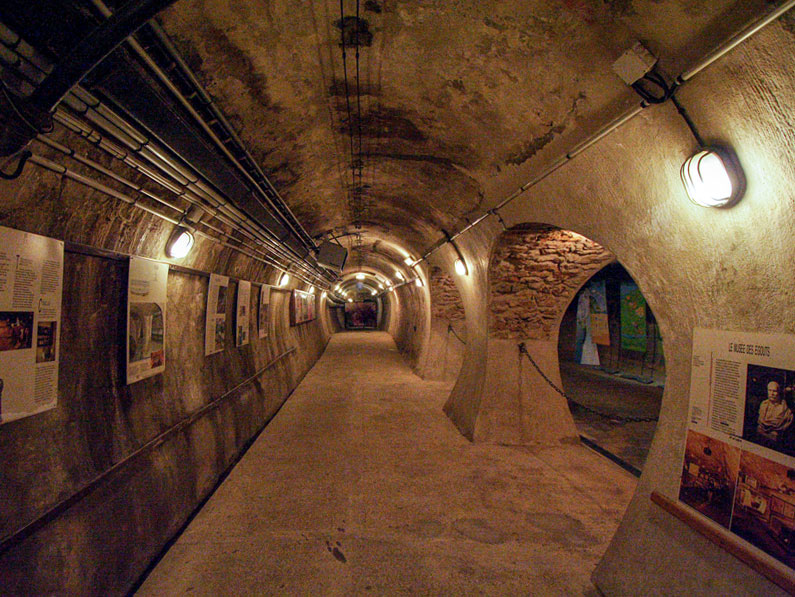a huge and valuable fresco by a famous seventeenth-century artist, such as was Aniello Falcone (1607-1657) a famous battle painter, remains hidden for more than three centuries on the wall of a monumental church behind old eighteenth-century works.
It happens, of course, in Naples, in the basilica of San Giorgio Maggiore on the central Via Duomo at the corner of Piazza Crocelle ai Mannesi at the beginning of Forcella.
The Church of San Giorgio ai Mannesi is an important church in Naples. The basilica was built between the late 4th and early 5th centuries as an early Christian church and was originally the second temple built in the city after the one erected by Emperor Constantine later named after Santa Restituta, and today the Duomo chapel.
Throughout the Middle Ages St. George’s was one of the four parishes of Naples, along with the parishes of Santi Apostoli, San Giovanni Maggiore, and Santa Maria Maggiore, but then in 1640 a fire destroyed much of the church, which was renovated by Cosimo Fanzago.
The latter reversed its orientation and in fact the present main entrance, from Piazza Crocelle ai Mannesi, is located in what was the apsidal basin of the early Christian church.(and already this place is worth a visit).
But the church underwent another upheaval: in the second half of the 1800s, in the course of the work of the "Renovation of Naples," the nave on the current right side of the church was removed in order to make the widening of Via Duomo.
But only in very recent times do we have the beautiful discovery that leaves the visitor truly astonished. In the apse, behind the present altar, are two huge canvases by Alessio d’Elia, a painter of the Solimenian school, one depicting St. Severus and the other St. George. During a recent restoration of the choir part, it was discovered that the canvas of St. George concealed a large fresco by Aniello Falcone, also depicting St. George, who, riding a white rearing horse and lance in hand, confronts and kills the dragon, freeing a woman. A beautiful work from 1645 that, unlike other frescoes by the artist, has beautifully preserved its colors.
Today this masterpiece is visible as the overlying D’Elia work has been placed on a hinged frame that can be moved with a long rope in order to make the underlying Falcone fresco visible as well.
San Giorgio Maggiore ai Mannesi is a must-see with all its history as an ancient early Christian church and with Aniello Falcone’s "hidden" masterpiece.


